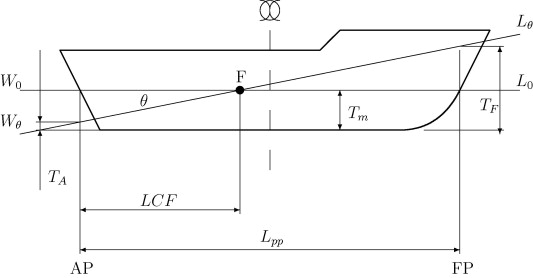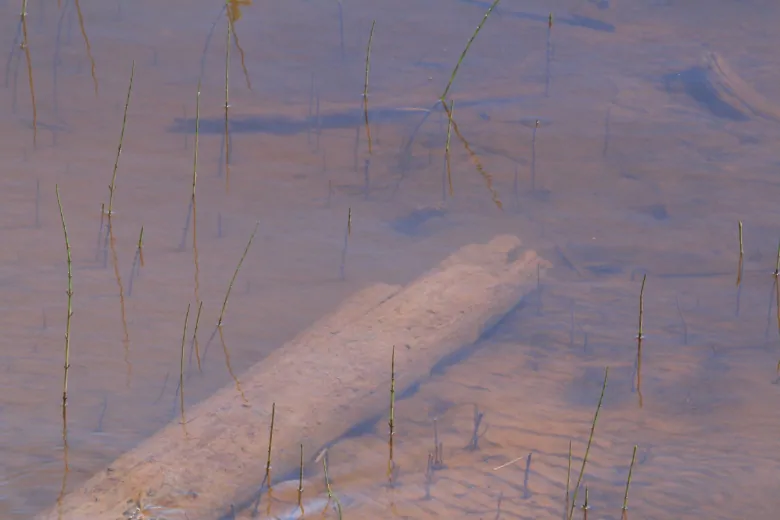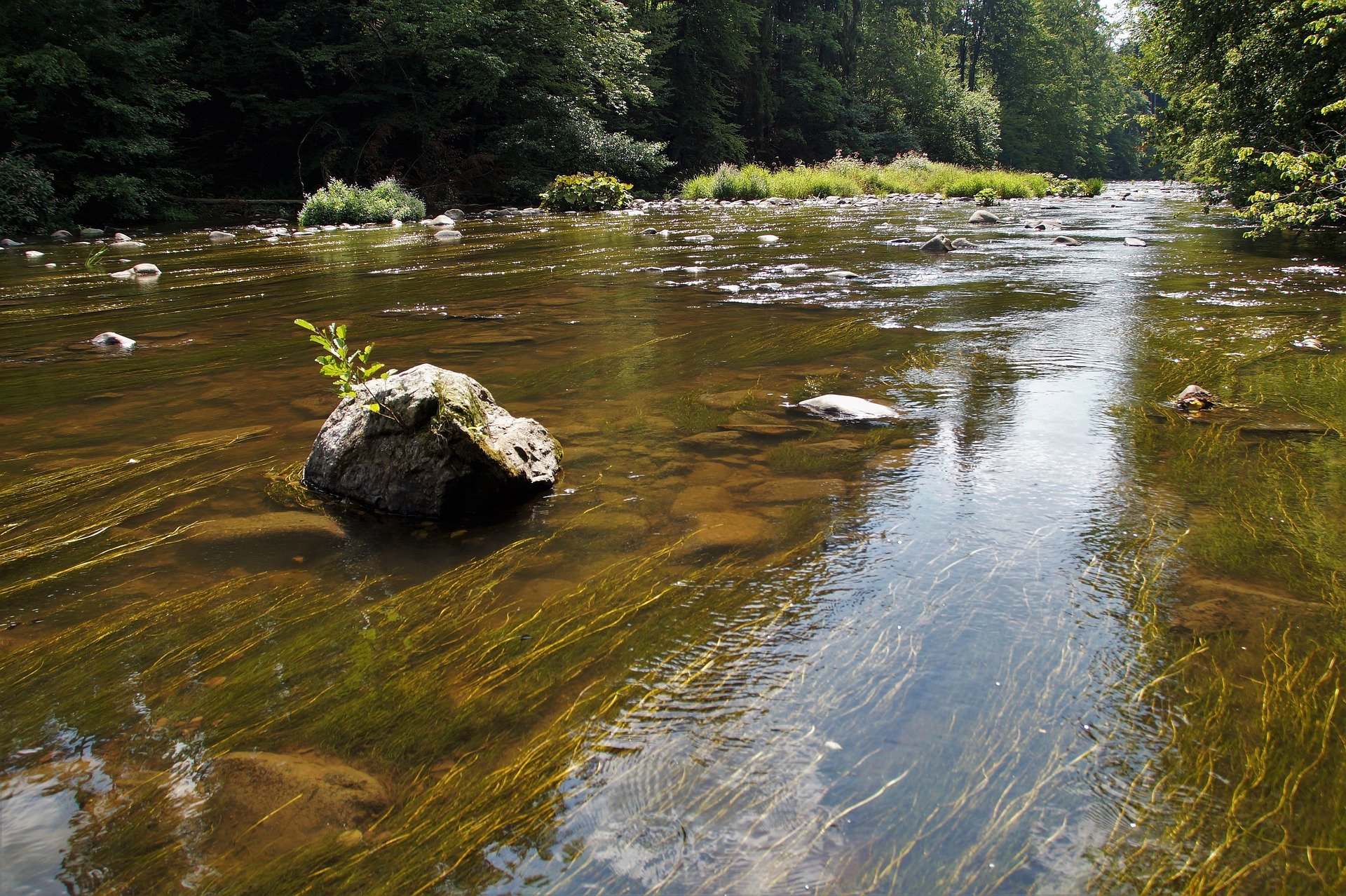How To Avoid Hull Damage

It only takes one good hit to damage your outboard motor or, even worse, the hull of your boat.
Hitting bottom with your boat is an issue that many boaters deal with but with a little precaution and common sense, you can avoid it.
The keys to avoiding bottom are knowing how deep your boat sits and recognizing the tell-tale signs of shallow water.
Without getting into the boring details of Archimedes’ principle: Displacement is the amount of water that moves when an object gets in the way.
The displacement of your boat is its weight. The more your boat weighs, the more it sinks into the water – aka its “Draft”.

There are a few fairly complicated formulas that we could apply to calculate exact weight-to-float-plane ratios, but those are pretty impractical unless you have all of the boat’s specifications at hand, and we’re sure the last thing you’re thinking about when loading your boat is whipping out a calculator.
Your best bet is to take note of how much your boat sinks as passengers step into your V Hull so that you have a good idea of how much closer to the bottom of the lake or river you are.
You also have to be aware of your motor’s shaft length. Typically an outboard motor’s prop sits about a foot and a half deeper than the bottom of your boat when fully trimmed down.
Now that you understand how deep your boat sits, it’s time to learn how to visually identify when you’re hitting shallow water.
How To Spot Shallow Water

The first sign is that water looks choppy. When water is deep, the surface texture will be defined by the wind but stays fairly smooth. When it’s shallow, you’ll be able to see the current ripple as it travels over the ground’s profile.
You can also get some clues from the colour of the water. Blues and greens are generally pretty safe. But, once the water starts moving towards a brown tone, you know you’re heading into the shallows. What you’re seeing is dirt mixing with clear water.
If you happen to have a more current (Helix 1100 for example) sonar, make note of the Chart/Shallow Water Highlight feature. It allows you to choose a depth, and it will very clearly display areas that are more shallow than your specification.
Sonar is extremely helpful at keeping you steering away from known shallow spaces. But, these charts don’t capture absolutely everything, and water profiles are constantly changing. The combination of sonar and visual vigilance is always recommended.
That solves the depth problem, but water about hazards like sandbars, rocks, and logs?
How To Spot Water Hazards

The first thing to pay attention to is the shoreline.
Do you see a bunch of fallen trees? There’s a good chance that one or more has fallen into the water.
Do you see a beach peppered with large rocks or boulders? There’s a good chance that some of these have made their way underwater.
What happens on shore has a tendency to continue on under the water.
Next, pay attention to the current.
Top layer current patterns will break or even change colour around what lays directly underneath. Even though you may not be able to see the rock or log, the water is still displaced and has to move around it. This part of the current is hard to spot, but it will be a little different from the rest of the water.
How To Handle Shallow Water

Speed is a very difficult factor to work with. If you’re going fast enough to plane, your boat sits much higher in the water making it less likely to hit bottom. But if you’re travelling that fast and do hit something, the damage will be much worse.
We’re not going to recommend doing either. We recommend that you use your best judgement.
If you feel that the only way to avoid hitting bottom is by skimming the top of the water at full-throttle speed, you probably shouldn’t be there in the first place.
If you do inadvertently end up in the shallows, you can punch it and try to plane right away, but risk a harder collision. You can play it safe and drive super slow, but risk getting hung up. Or, you could hop out and push the boat to safer waters and only risk getting wet.
Whether you’re at top speed in the middle of open water or doing your best to get through a narrow winding river, it’s best to place a spotter at the bow to keep an eye out for deadheads, rocks, sandbars, and all of the other signs we mentioned above.
Click here if you want to see how much damage a few rocks can do:
Yours In Boating,